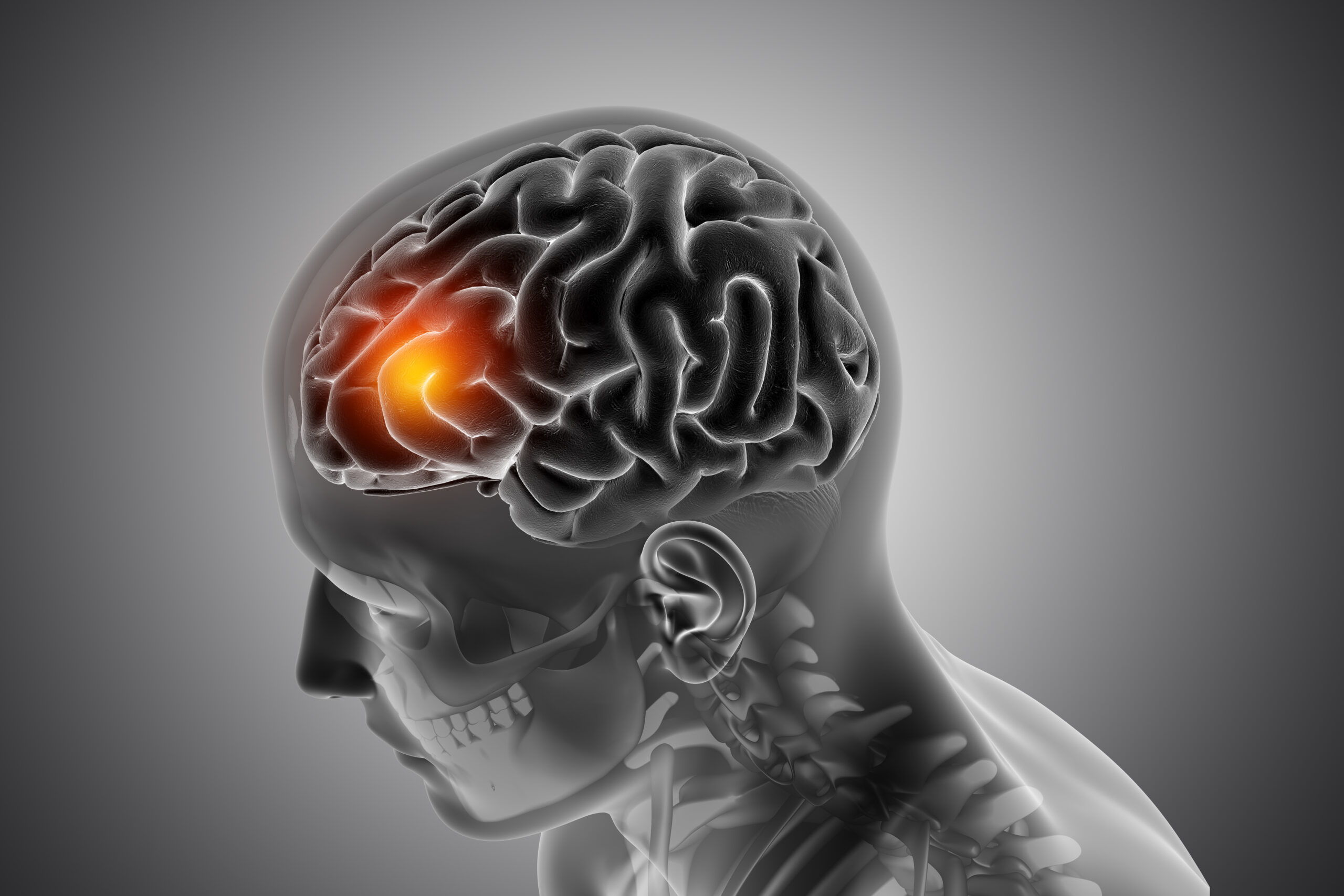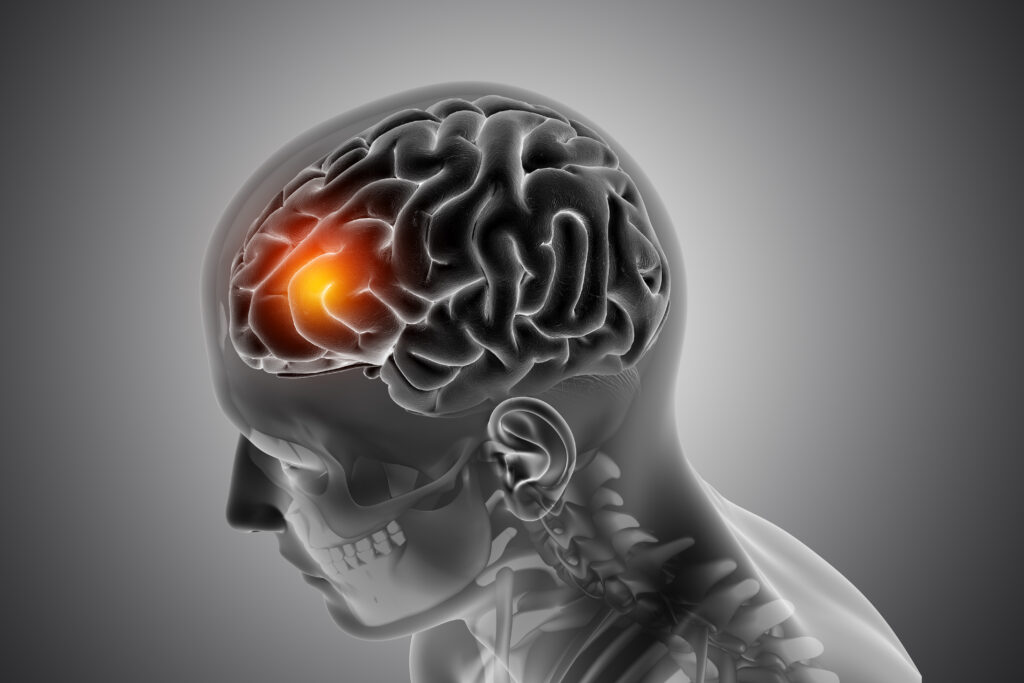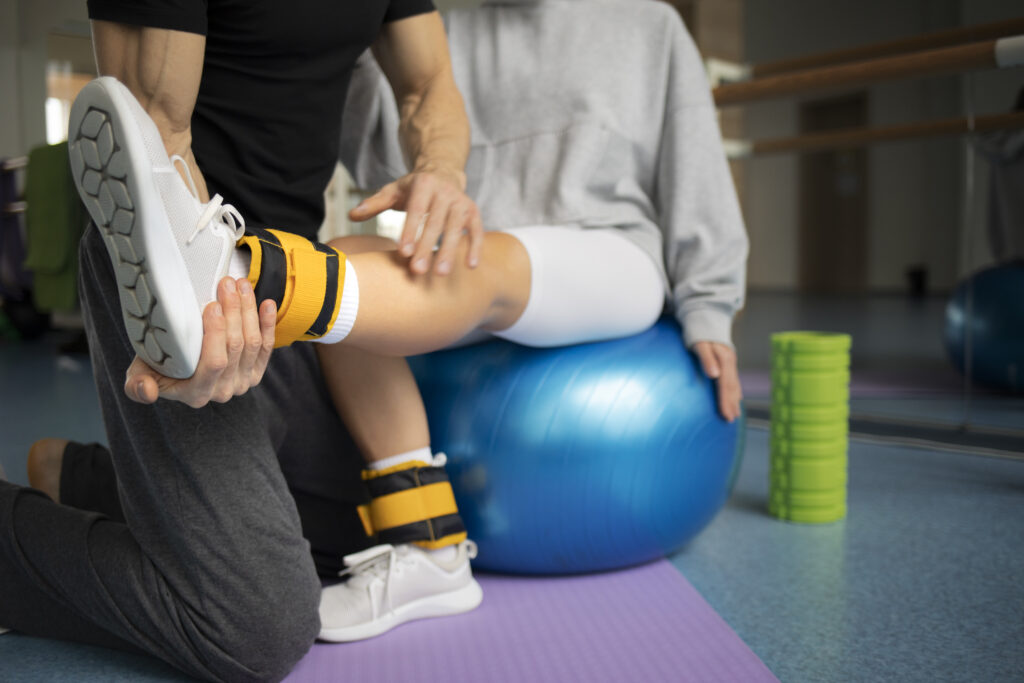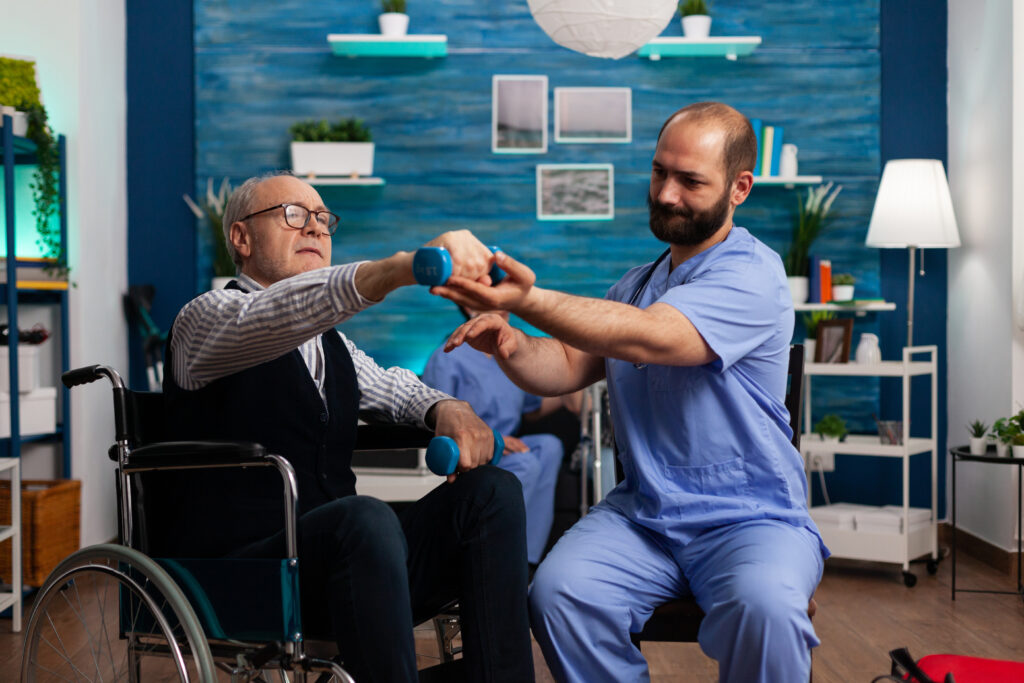
A Guide to Physical Therapy on Stroke Patients
By: Dr. Abe Kopolovich, DPT, MBA, JD-IP

Physical Therapy Impact on Stroke Patients
A stroke can result in a loss of mobility and movement due to disruption of vital connections between the brain and muscles. However, with rehabilitation, these losses can be minimized or even reversed. Physical therapy plays a crucial role in recovery, particularly in the early stages when patients have limited control over their affected muscles.
Maintaining a consistent post-stroke physical therapy regimen is essential whether you are at the beginning or further along in your recovery journey.
This guide will explain why physical therapy interventions benefit stroke patients, provide tips for selecting a facility, and offer an overview of the therapy process.
Purpose of Post-Stroke Physical Therapy
After a stroke, physical therapists work with patients to maintain muscle tone and stimulate affected muscles, even before voluntary movement is regained. As function begins to return, physical therapy for stroke victims helps individuals relearn everyday skills and trains healthy brain cells to control the affected body parts.
This comprehensive approach to stroke recovery often involves other services such as occupational therapy, rehabilitation nursing, and speech therapy. The process after a stroke starts as soon as oxygen is restored to the brain. Physical therapy for stroke patients is a vital component of rehabilitation, often beginning within 24 hours of the stroke.
Therapists can stimulate affected muscles and nerves to improve circulation and prevent stiffness. They guide patients through various stages of recovery, helping them regain basic muscle movements and improve balance, coordination, and other essential skills that enhance the overall quality of life.
Post-Stroke Physical Therapy Process
Physical therapy plans are customized to meet the unique needs of each stroke survivor. In the initial appointment, the therapist conducts a thorough examination, reviews medical records, and interviews the patient and their family about symptoms and setbacks.
This assessment enables the development of a personalized plan that focuses on restoring movement and preventing potential post-stroke complications. The regimen revolves around specific goals set collaboratively between the patient and therapist. Patients are encouraged to ask questions, especially regarding their goals and expected timeline, to ensure everyone is aligned and well-informed about the therapy process.
The therapy sessions progress gradually, starting with basic tasks like transferring safely from a bed to a chair and advancing to exercises and activities that improve balance, coordination, grasping objects, and walking.

Inpatient and Outpatient Programs
Stroke rehabilitation programs can be either inpatient or outpatient. The first one involves overnight stays in a 24-hour rehabilitation and medical care facility. Outpatient programs, on the other hand, allow patients to receive treatment without staying overnight, either at a hospital-based or free-standing physical therapy facility.
The choice between inpatient and outpatient programs depends on the individual’s living situation and the required care level.
Your doctor may recommend acute care at home after your discharge from a hospital or inpatient facility. While practicing exercise for stroke patients at home, therapists come directly to your house and work on activities designed to stimulate and strengthen your muscles while retraining your healthy brain tissue.
Finding the Right Physical Therapist
Choosing physical therapy for stroke patients with specific criteria is crucial. Here are some key considerations:
- Belongs to APTA: Ensure the therapist is an American Physical Therapy Association (APTA) member.
- Meets state requirements: Confirm that the therapist holds the necessary license or certification as mandated by your state.
- Directed by a licensed physical therapist: Verify that the therapist is under the supervision of a licensed professional.
- Provides ongoing assessment: The therapist should regularly assess your progress to tailor the therapy accordingly.
- Specializes in stroke recovery: Look for a therapist with expertise in stroke and neurological trauma rehabilitation expertise.
- Focuses on patient care: The therapist should work in a program prioritizing comprehensive patient care.
- Considers your goals and limitations: A good therapist will evaluate your desires and restrictions while setting realistic goals.
- Provides caregiver support: The therapist should offer ongoing education and support for family members and caregivers.
- Regular evaluations: Regular meetings to evaluate your progress should

Essential Questions to Ask When Choosing a Physical Therapist
When selecting a professional, it’s crucial to ask the following questions to ensure you make an informed decision:
- Do you accept my insurance? Contact your insurance provider to determine the coverage and out-of-pocket expenses associated with the program.
- How many years of experience do you have working with stroke survivors? Opt for physical therapists with hands-on experience and equipment addressed for stroke patients.
- How many patients do you treat simultaneously? Ensure that your physical therapist can dedicate sufficient time and attention to your needs by avoiding overcrowded schedules and therapists seeing multiple patients concurrently.
- What is your treatment philosophy? Understand the therapist’s approach to treatment, including their influences, methods of goal-setting, and assessment techniques.
- How do you stay updated on the latest treatments? Verify that the therapist stays current by reading peer-reviewed journals, attending conferences, networking with stroke experts, and incorporating innovative devices and exercises into their practice.
- What specialized training do you have? Confirm that your therapist or therapy team specializes in stroke recovery and neurological damage, indicating their expertise in addressing your needs.
Post-stroke physical therapy plays a vital role in the extensive journey toward recovery and regaining a sense of normalcy. Decide on selecting the right professional and setting appropriate goals seriously. Openly communicate your requirements and emotions to ensure you find a facility and program that aligns with your needs.
Since recovery can be lengthy, assembling the right team will significantly facilitate your progress.
Contact us to learn more about the best physical therapy service and book a consultation to start working on your custom-made plans.



